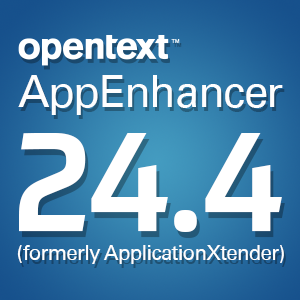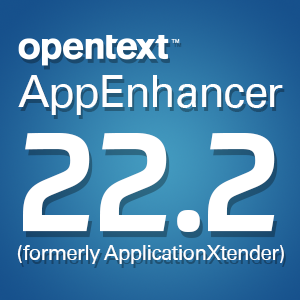Despite rise of imaging, full paperless eluding some banks
Friday, December 6, 2013More banks are utilizing document imaging services and hardware in their loan departments and other areas of operations, but complete paperless adoption is still low in the industry. According to a recent study, 80 percent of financial institutions have implemented document scanning hardware to improve their loan operations, and 70 percent they use some sort of imaging system throughout their daily business, Bank Systems & Technology reported. However, a mere 12 percent reported completely paperless workflow.
Despite the low number of financial institutions utilizing paperless systems for their complete operations, 71 percent of respondents to the survey noted that they believe loan document management software is worth the investment.
Improving workflow
Eliminating paper from work processes helps in many ways. It streamlines information management, focuses efforts on critical operations rather than mundane data entry or other aspects of daily workflow. These advantages are often tied to document management and are improved immediately by investing in document conversion services. However, there are other benefits that add up over time as well. Companies that focus on going paperless see an improvement in worker productivity because of the enhanced workflow, as well as a reduction in office clutter and wasted real estate for paper filing. Additionally, overall operating costs are reduced.
Challenges and problem solvers
According to the news source, the most common issues that banks have with starting paperless initiatives are getting senior management to buy-in, training workers and building the system in the first place. The latter challenge can be eliminated entirely by investing in the right document capture solutions in the first place, but the latter require an additional push. With 70 percent of firms reporting internal barriers as their main problems with loan management processes, the first improvements also have to be internal. Banks need to address employee education and outline ROI to decision makers to drive paperless investments forward, and demonstrating small improvements in specific areas, such as loan management, can be the first step.
Of course, many industries have successfully going paperless, proving that it isn't impossible. In the financial sector the factors holding firms back may be more akin to reluctance than actual problems.
Profit
Even in the banking industry profit is a primary driver for decision making, and the money gained from investing in document conversion isn't as clear as other investments a company can make. However, the savings that are provided add up significantly, and when coupled with improvements to productivity and the ability to streamline data to analytics solutions, these institutions can optimize their processes around minimizing cost and providing higher-quality service to their customers. This will demonstrate clear ROI over time, helping selling conversion services to decision makers.
Loss
Of course, loss control is another major concern for banks, especially in loan management. Many firms are investing heavily in business intelligence solutions to help address these issues, but the quality of the data they are using plays just as big of a role in minimizing loss and optimizing returns. By improving operations with paperless systems and paper conversion services, organizations can enhance over data quality, feeding optimized information into their analytics solutions to improve the results, refocusing their loss prevention efforts and providing real, measurable resources to focus them on.
Document management software is an obvious improvement choice for financial institutions, and while there may be some hurdles on the path to adoption, overcoming them shouldn't be too difficult with the right approach and a clear understanding of how conversion services can be applied to everyday operations.
Brought to you by Image One Corporation, providing complete information governance since 1994.




